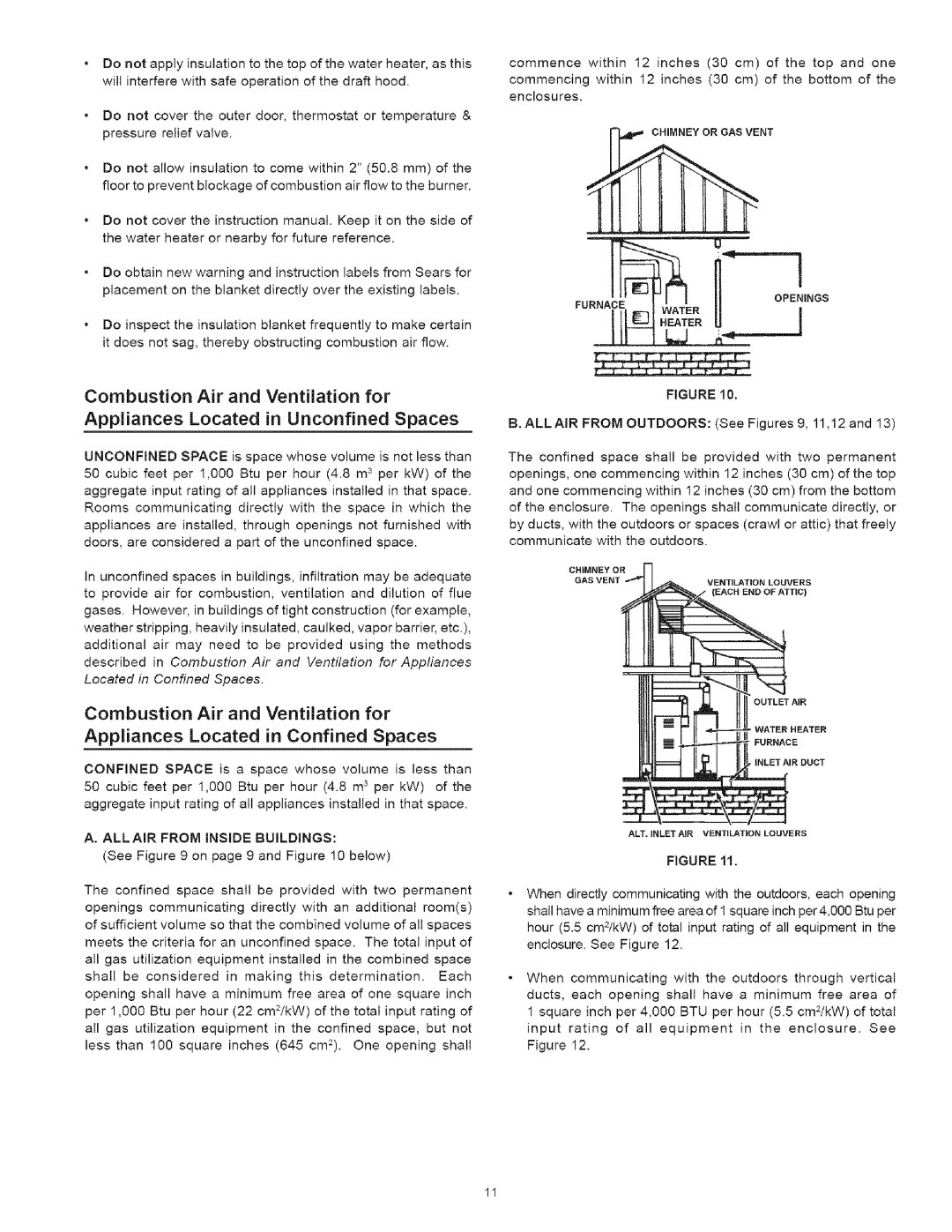334, 530 specifications
The Kenmore 334,530 is a well-regarded appliance in the realm of portable air conditioning units, offering users an efficient cooling solution for both homes and office spaces. Known for its reliability and performance, this model blends advanced technology with user-friendly features to create a cooling experience that meets diverse needs.One of the standout characteristics of the Kenmore 334,530 is its cooling capacity, rated at 14,000 BTU. This makes it suitable for medium to large-sized rooms, effectively cooling spaces up to 600 square feet. Users can expect rapid temperature drops, making it ideal for sweltering summer days when immediate relief is needed.
The unit features a sleek design that allows for easy portability. Equipped with rolling casters, the Kenmore 334,530 can be effortlessly moved from room to room, providing flexibility based on where cooling is needed most. The convenient window installation kit simplifies the setup process, allowing for a straightforward installation without the need for professional assistance.
Energy efficiency is another key highlight of the Kenmore 334,530. With an impressive Energy Efficiency Ratio (EER), this air conditioner is designed to minimize electricity consumption while maintaining powerful cooling performance. Users can stay cool without worrying excessively about their energy bills.
Additionally, the Kenmore 334,530 is equipped with a programmable thermostat and remote control, allowing users to customize their cooling experience. The programmable timer can be set to operate at specific times, ensuring the room is cool when needed while saving energy when it isn't. The user-friendly interface and digital display make adjustments quick and intuitive.
The unit also features multiple fan speeds and cooling modes, including a dehumidifying option that removes excess moisture from the air. This capability not only enhances comfort but contributes to a healthier indoor environment by preventing mold and mildew growth.
In terms of maintenance, the Kenmore 334,530 includes an easy-to-clean washable filter that captures dust and allergens, promoting cleaner air circulation. This filter is designed to be simple to access and maintain, ensuring ongoing efficiency and performance.
Overall, the Kenmore 334,530 stands out in the portable air conditioning market, offering a combination of power, efficiency, and convenience. Its thoughtful features and advanced technology make it an excellent choice for anyone seeking reliable cooling solutions in various settings.

